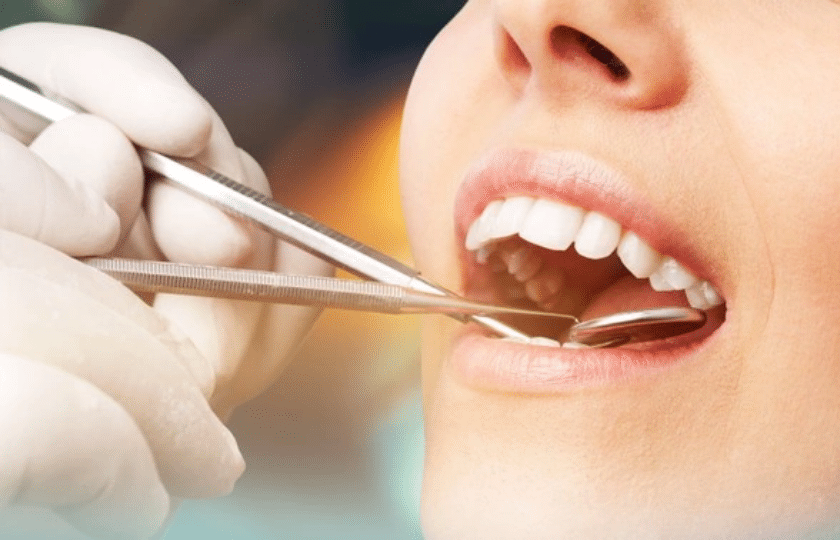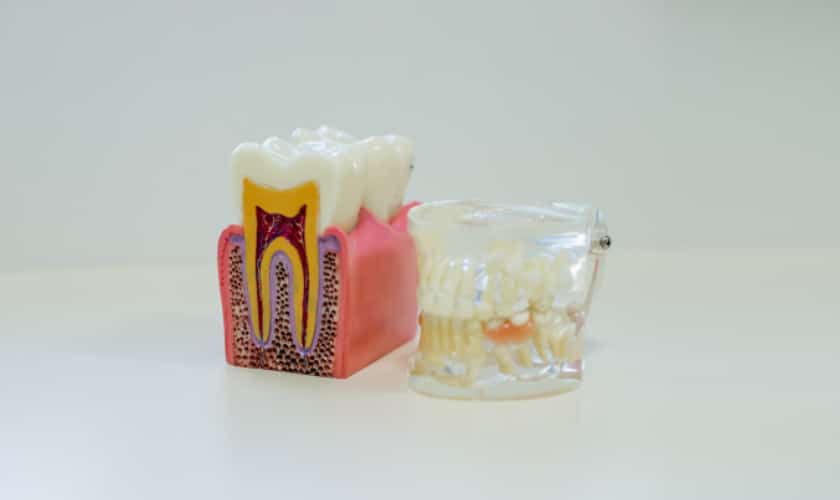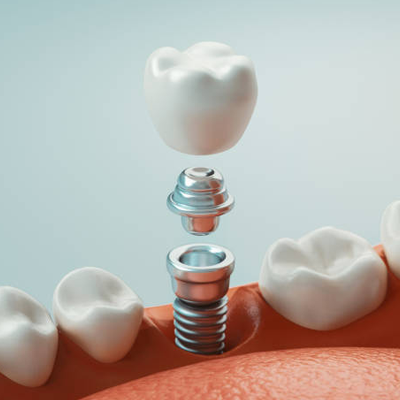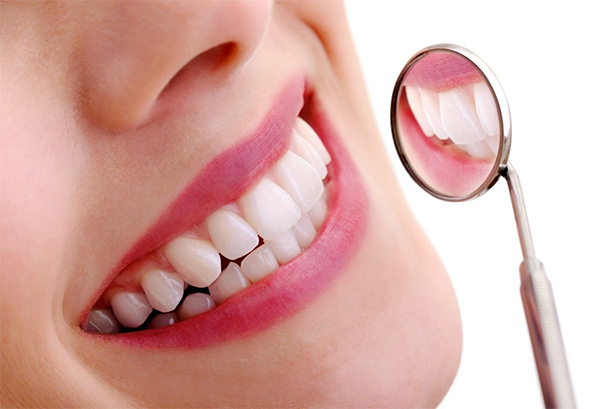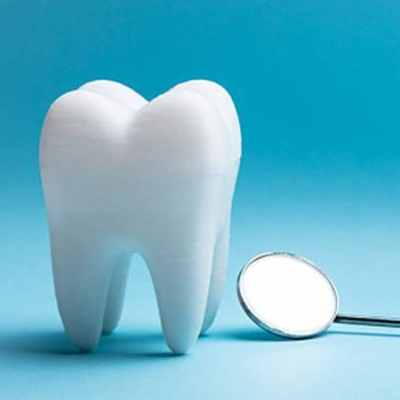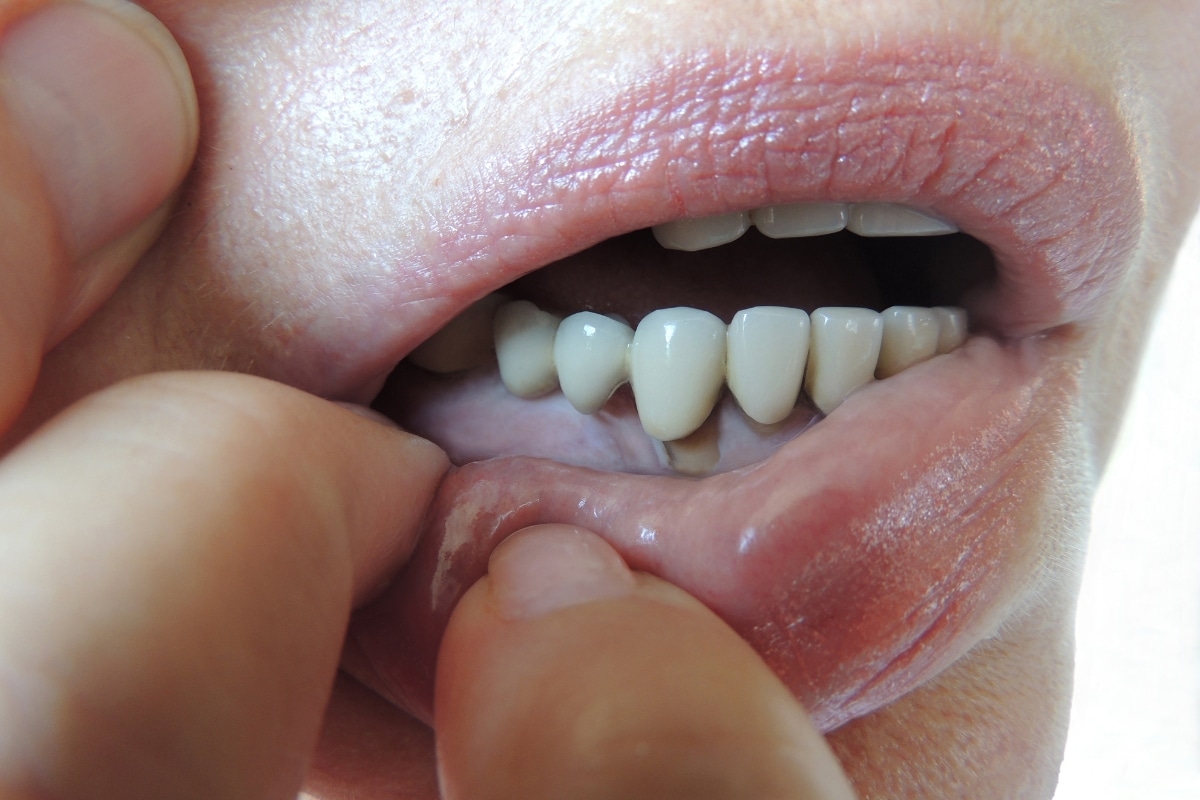
Receding Gums in McKinney: Early Signs & Treatments from Dr. Kim
Gumlines don’t shift overnight. They retreat slowly, and the first indication is almost unnoticeable until cold winds sting, floss causes pain, or teeth seem slightly “longer.” That’s what this guide walks you through: what to watch for, why it happens, and how early intervention with Dr. Steve Kim at Custer Creek Dental Care can save your smile in the long term. Keep on reading for actions you can take today, and proven solutions you can discuss at your next dental visit.
Early signs you should not overlook
- Cold, sweets, or touch sensitivity along the gumline
- Teeth that appear longer or spaces that look a little wider
- “Notches” near the neck of a tooth, or frayed floss at the same spot
- Gums that bleed on brushing or flossing, or appear red and swollen
Bleeding and soreness indicate gingivitis, which is reversible. Without treatment, it can develop into periodontitis, in which bone loss and gum recession are more difficult to reverse.
Why gums recede
Several factors often play a role in this:
- Plaque-induced inflammation. Ongoing gum inflammation leads to loose teeth. Nearly 42% of American adults 30+ years old live with some level of periodontitis, and 8% have advanced gum disease – another reason routine dental visits are a good idea.
- Toothbrushing technique. Rough bristles and heavy pressure on teeth and gums can wear down gum tissues. Our dentist in McKinney recommends opting for soft-bristle brushes to reduce oral trauma.
- Clenching or grinding (bruxism). Excess occlusal force causes gum and cervical wear; addressing bite forces helps protect tissues.
- Tooth position and thin tissues. Crowding or a naturally thin biotype can be prone to recession.
What treatment looks like with Dr. Kim
Non-surgical therapy
Step one is an in-depth evaluation of your gums and bite, then tailored instruction on oral hygiene practices and professional cleaning. When you’ve deep gum pockets, scaling and root planing reduce bacteria so tissues can calm down. Home oral care includes using a soft-bristle brush, gentle motion at the gumline, and a fluoride toothpaste to protect exposed root surfaces.
Surgical options when needed
If roots remain exposed or sensitivity persists, gum grafting surgery can cover exposed regions, reduce sensitivity, and stop further recession. Pocket reduction surgery is also recommended when infected tissue and calculus are present under the gumline. These procedures are well entrenched in periodontal treatment.
Bite and habit support
Night guards may shock-absorb grinding or clenching and reduce excessive force on gum tissues and enamel damage. Coupled with routine oral cleaning, this stabilizes results in the long term.
Why shouldn’t you delay treatment?
Early treatment guarantees oral comfort, looks, and function, and it’s less complicated. Given that periodontitis is present in many adults, regular dental visits and periodontal checkups remain one of the best ways to catch changes when they are minor.
If your gums are painful, appear asymmetrical, or just need to be checked out again, schedule an appointment with Dr. Kim at Custer Creek Dental Care today.



